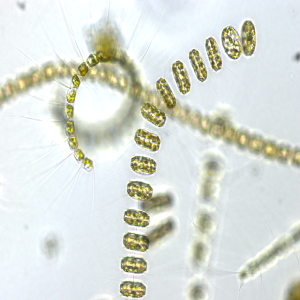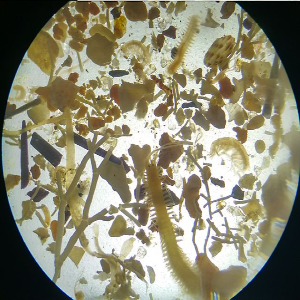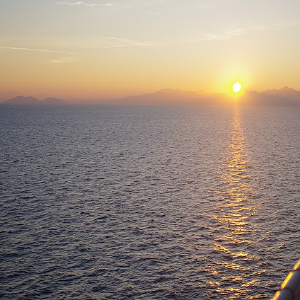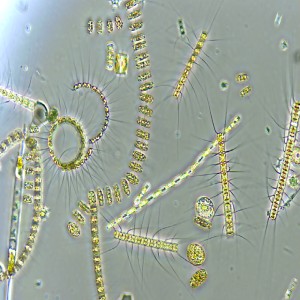Surfing and dining on the “plastisphere”: Microbial life on plastic marine debris

Submitted: 1 December 2017
Accepted: 13 December 2017
Published: 19 December 2017
Accepted: 13 December 2017
Abstract Views: 5151
PDF: 1759
Supplementary: 512
Supplementary: 512
Publisher's note
All claims expressed in this article are solely those of the authors and do not necessarily represent those of their affiliated organizations, or those of the publisher, the editors and the reviewers. Any product that may be evaluated in this article or claim that may be made by its manufacturer is not guaranteed or endorsed by the publisher.
All claims expressed in this article are solely those of the authors and do not necessarily represent those of their affiliated organizations, or those of the publisher, the editors and the reviewers. Any product that may be evaluated in this article or claim that may be made by its manufacturer is not guaranteed or endorsed by the publisher.
Quero, G. M., & Luna, G. M. (2017). Surfing and dining on the “plastisphere”: Microbial life on plastic marine debris. Advances in Oceanography and Limnology, 8(2). https://doi.org/10.4081/aiol.2017.7211
PAGEPress has chosen to apply the Creative Commons Attribution NonCommercial 4.0 International License (CC BY-NC 4.0) to all manuscripts to be published.



 https://doi.org/10.4081/aiol.2017.7211
https://doi.org/10.4081/aiol.2017.7211







